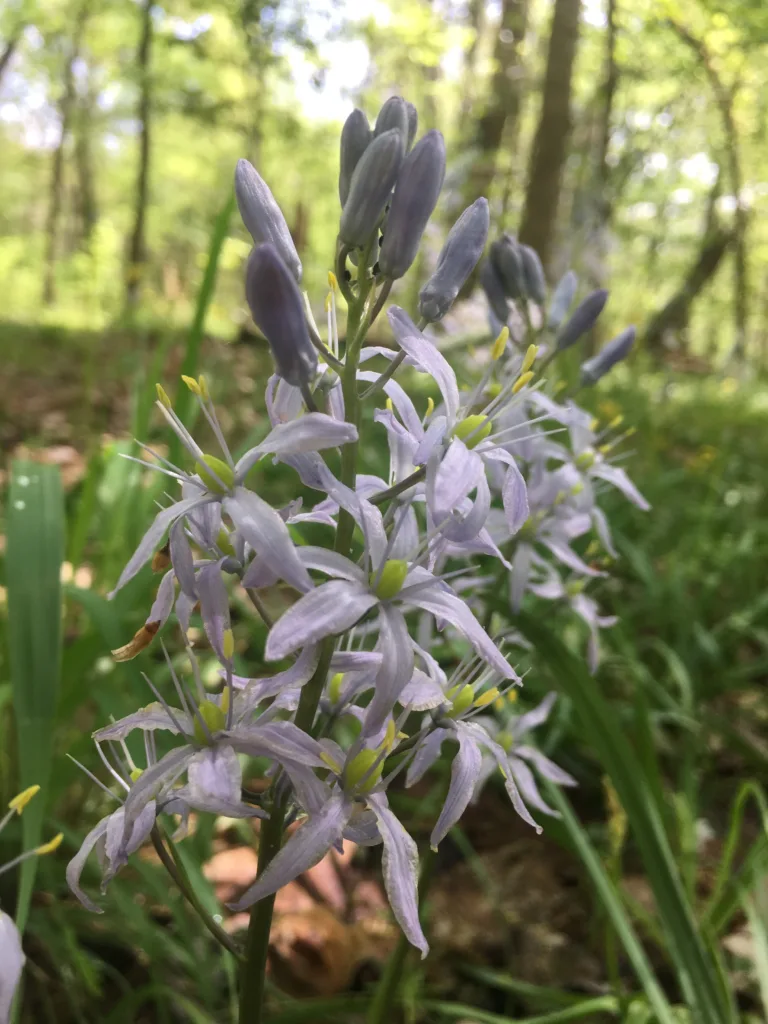
Protecting the Texas environment through conservation, research and utilization of native plants
Native Plant Database
Search for plants that fit your landscape by soil type, sun/shade, height, and more
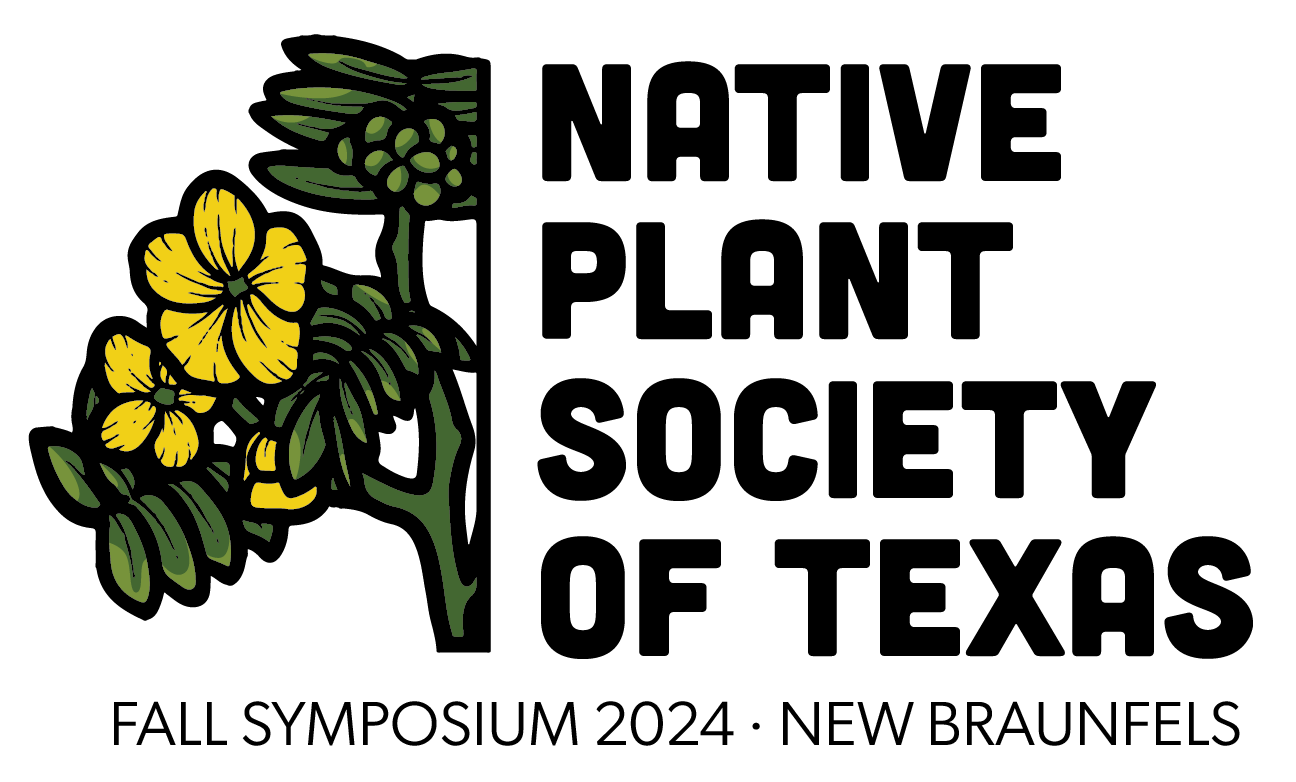
Save the Date for the 2024 Fall Symposium & Secure Your Lodging Now!
Get your first look at information on the upcoming Fall Symposium October 10-13, 2024 in New Braunfels and take advantage of special NPSOT-member lodging discounts while they last!
Native Plants ...
Are drought-tolerant, naturally conserving our precious water resources
Provide habitat and food for birds, butterflies, bees and other wildlife
Don’t need special pampering or fertilizing
Are natural to their ecosystem
Help us maintain biological biodiversity
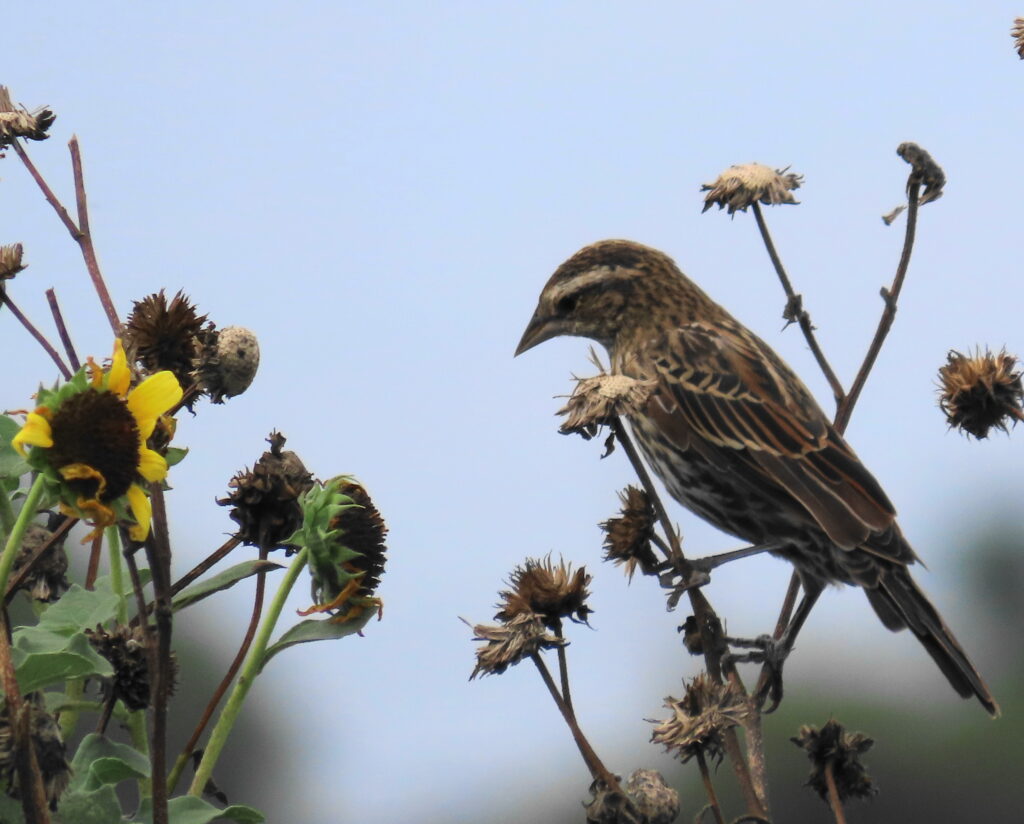
Featured
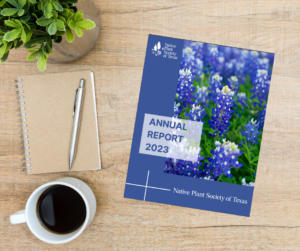
Never has the mission of the Native Plant Society of Texas been more important. Read our first Annual Report to learn about the mission, governance, and operations of the Society.
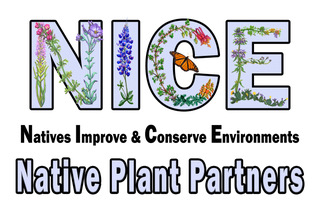
Shop Native Plants Near You!
The Native Plant Society of Texas partners with local nurseries and growers. Learn more about our NICE Program and start shopping.
Latest Chapter News
Local chapters across the state help promote the Native Plant Society of Texas mission while providing a social context which many members enjoy. Each chapter chooses projects according to the interests of their members, and organizes local field trips, meetings, plant sales and other events. Most chapters publish their own websites and newsletters.
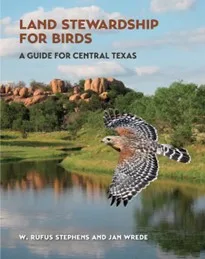
Land Stewardship for Birds
May 28, 2024: Presentation by Rufus Stevens. Land Stewardship for Birds: A Guide for Central Texas
Chapter Meeting, May 7
The meeting will start with a social time at 6:00pm,
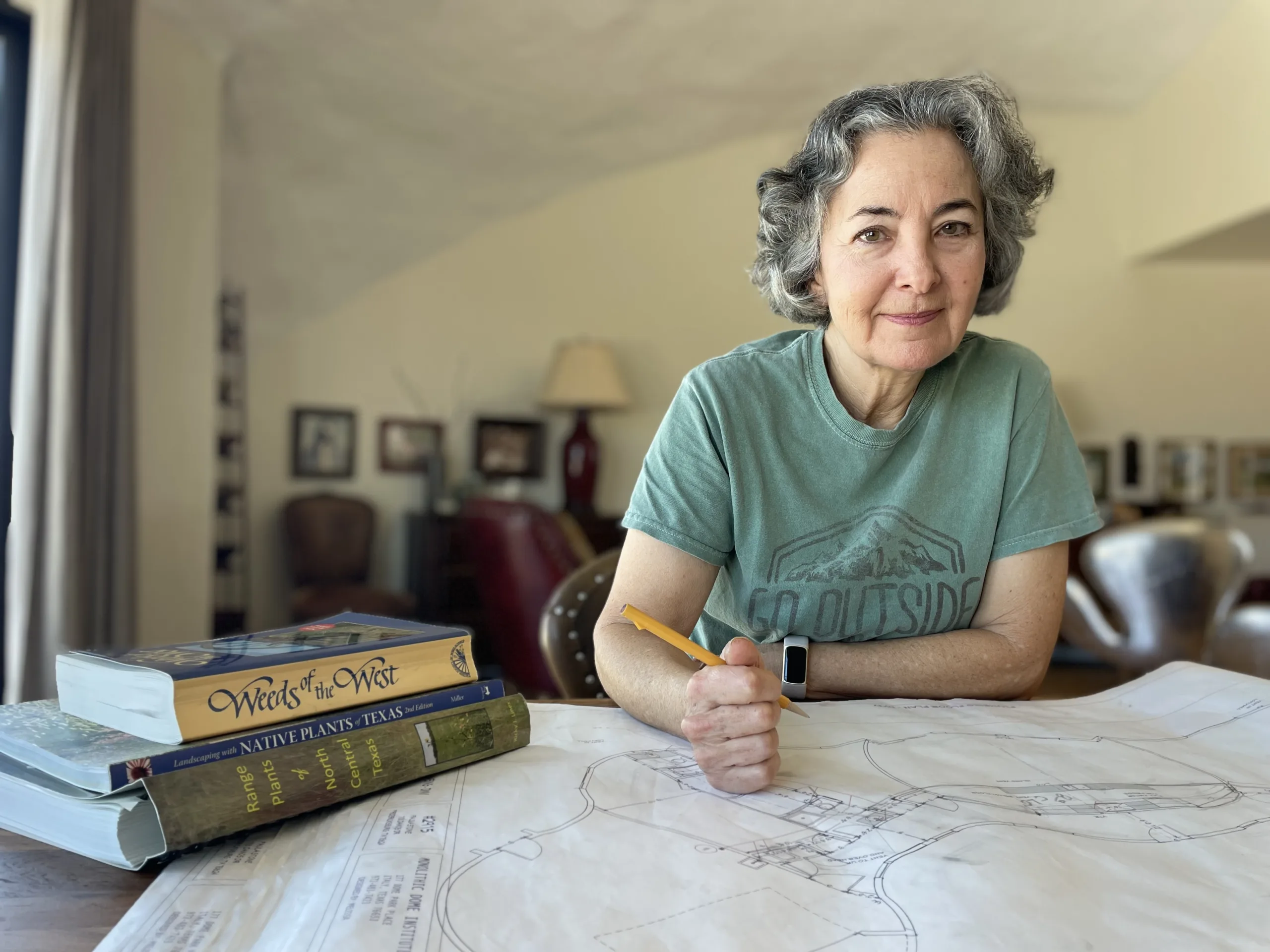
April 23, “Get Real” Garden Design with Native Plants
“I’ll show you practical ways to build gardens that will enhance your property and be less work as time goes by,” noted Paula Stone. “I once heard someone say that, ‘The gardening should get easier as the gardener gets older.’”
Paula Stone, Vice President of the Fredericksburg Chapter of the Native Plant Society of Texas, will share her extensive knowledge about landscape design using native Texas plants on April 23 from 6:30-8 p.m. at St. Joseph’s Halle, Fredericksburg.
Where to see native plants
Chapter members support native plant gardens, or Chapter Demo Gardens, in many cities and parks in Texas.
Classes and Native Landscape Certification
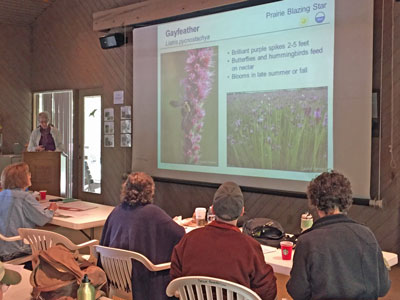
Class Descriptions
Level 1 is a prerequisite for Level 2 and for Level 3. Subsequent levels may be taken in any order. NLCP is a state-wide program, but classes focus on the
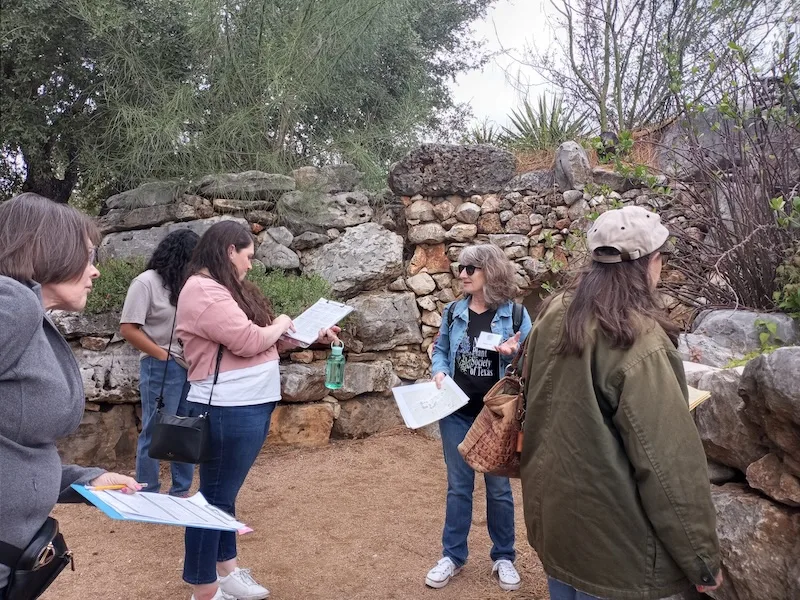
Native Landscape Certification Program
The following classes are currently scheduled. This information is subject to change. Check back later for additional classes. Hybrid classes involve an online presentation and in-person plant walks and exercises
Gardening for Monarchs
Monarch & Milkweed Resources
Learn about Monarchs Learn about the Monarch Butterfly Learn about Milkweed Texas Parks and Wildlife Identification of Milkweeds (Illustrated Guide) Learn about Butterfly Gardens Wildflower Center guide to making
Monarch Waystation Requirements
Monarch Waystations are places that provide all the resources necessary for monarchs to produce successive generations and sustain their migration. A Monarch Waystation needs milkweeds, nectar plants, and some kind of
Garden Grants
Monarch Garden Grants The Native Plant Society of Texas awards small grants to nature centers, schools, educational groups and others to help fund development of Monarch demonstration gardens or Monarch Waystations
Texas Native Plants Member Magazine
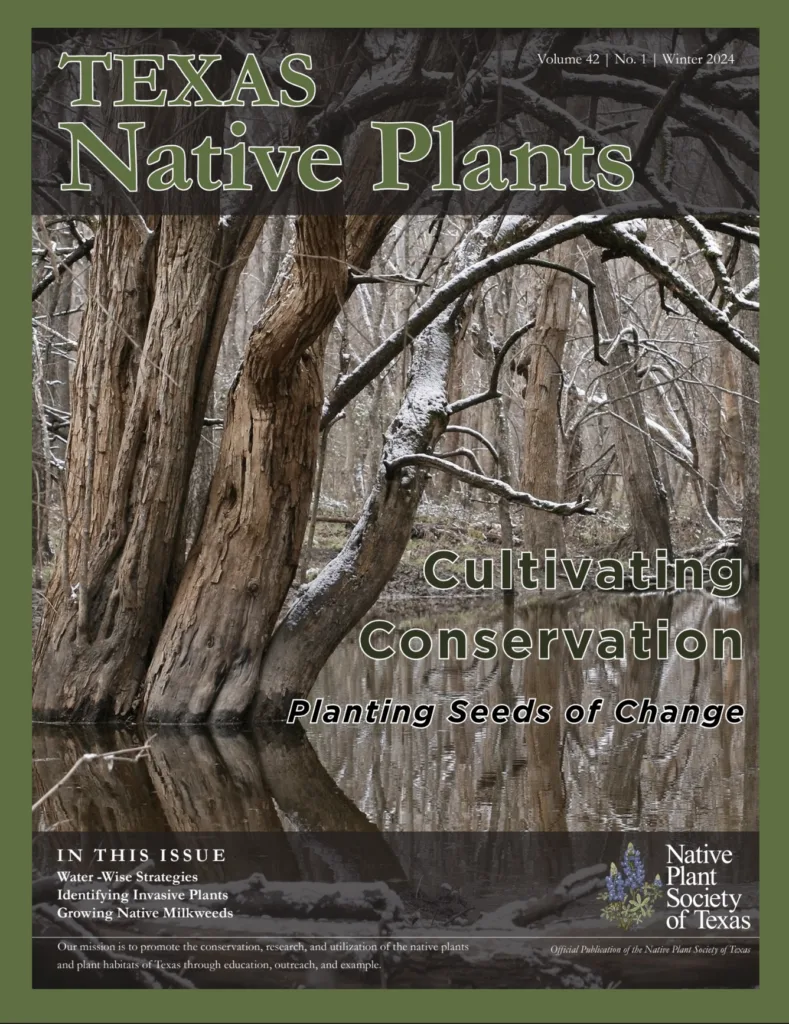
Winter 2024 Member Magazine
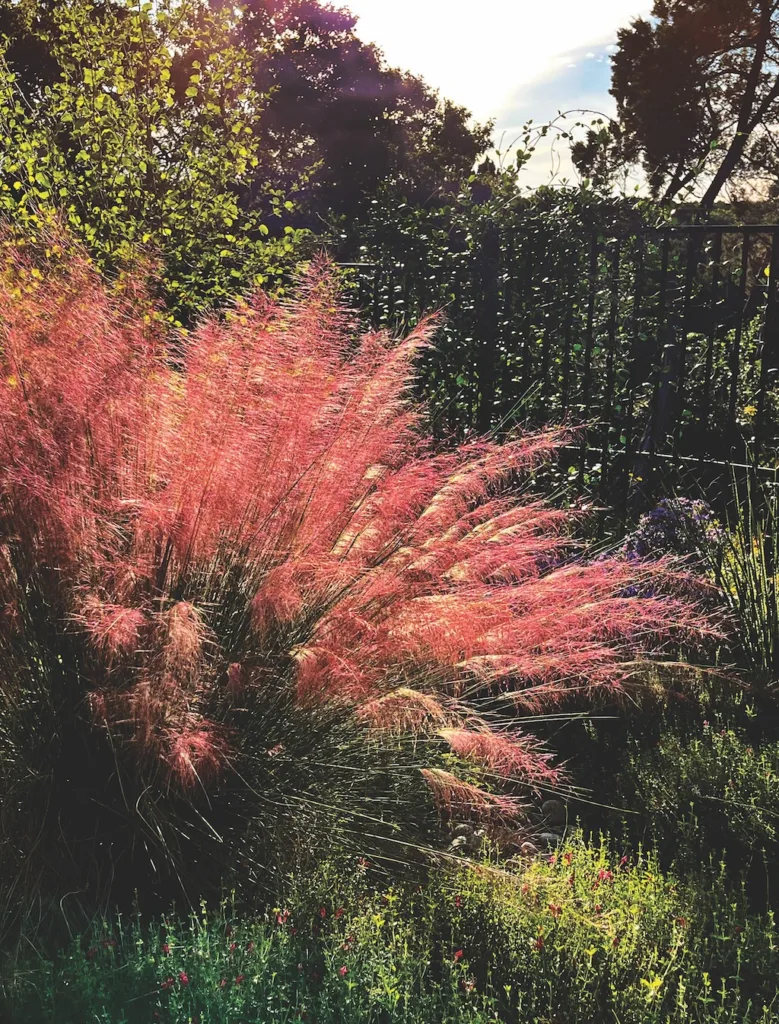
Fall 2023 Member Magazine
